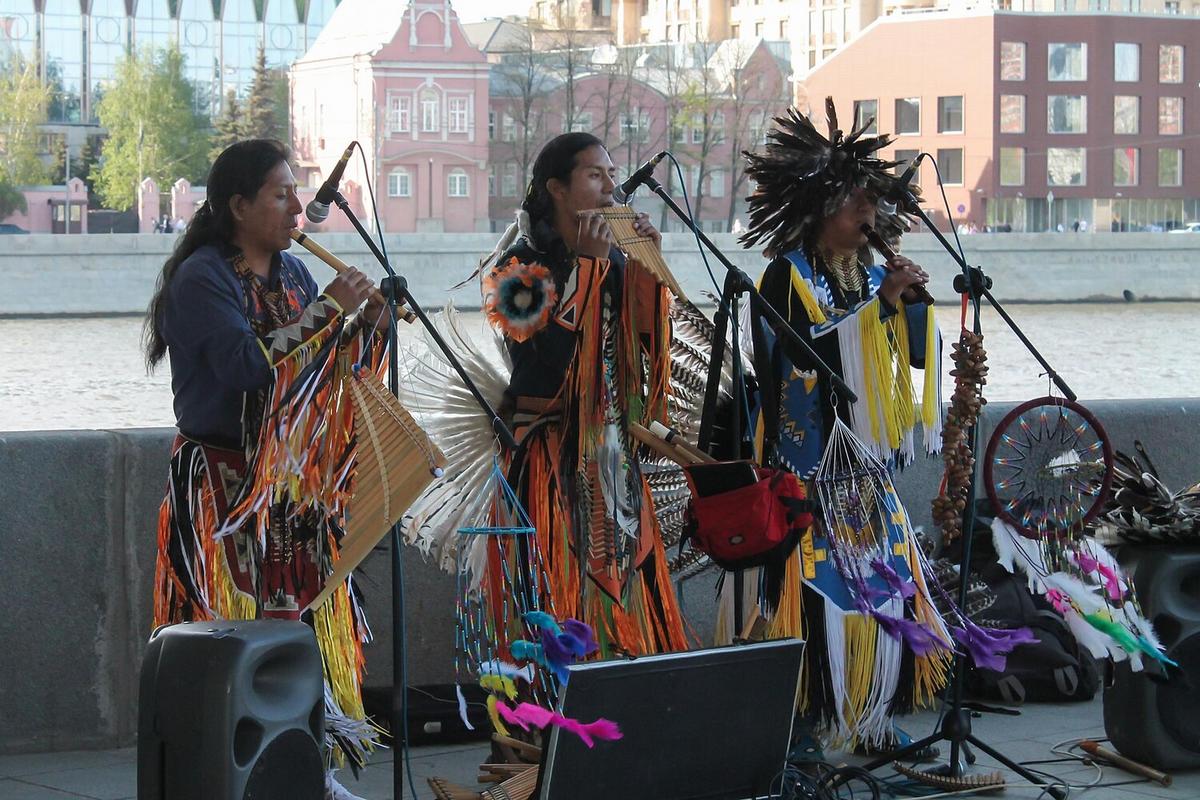
Exploring Cultural Diversity in Performing Arts
Cultural diversity in performing arts is not just a reflection of our global society but a vibrant tapestry that enriches the artistic experience for artists and audiences alike.
Performing arts have long been a medium through which cultures express their unique stories, traditions, and values. The integration of diverse cultural elements into performing arts can foster greater understanding and appreciation among different communities.
The Importance of Cultural Diversity
According to a report by the World Economic Forum, cultural diversity is a key driver of innovation and creativity. It allows artists to bring fresh perspectives and new ideas to the stage, enhancing the richness and depth of performances.
“Embracing cultural diversity in performing arts challenges stereotypes and broadens the audience’s understanding of different cultures,” says Dr. Maria Lopez, a cultural studies expert.
Statistics Highlighting Cultural Diversity
Research indicates that performances incorporating multicultural elements attract larger and more diverse audiences. A study conducted by the Arts Council England found that culturally diverse programs increased attendance by 20% compared to more homogenous performances.
Anecdotes of Cultural Fusion
Consider the success of a renowned theater production that seamlessly blended traditional African dance with modern hip-hop. This fusion not only captivated audiences but also opened dialogues about shared cultural histories.
Tips for Embracing Cultural Diversity
- Collaborate with artists from various cultural backgrounds to create more inclusive productions.
- Attend workshops and cultural festivals to gain a deeper understanding of different traditions.
- Encourage open discussions about cultural representation and inclusion within your artistic community.
Resources for Further Learning
Explore organizations like the International Federation of Arts Councils and Culture Agencies (IFACCA) for more insights into cultural diversity in the arts.
Conclusion
Cultural diversity in performing arts not only enriches the artistic landscape but also promotes empathy and understanding across communities. By embracing and celebrating diverse cultures, we can ensure that the performing arts remain vibrant and relevant in a rapidly changing world.
Frequently Asked Questions
Why is cultural diversity important in performing arts?
Cultural diversity introduces new perspectives and fosters innovation, which enhances the artistic experience.
How can I incorporate cultural diversity into my performances?
Collaborate with artists from different backgrounds and engage with cultural consultants for authentic representation.


